 The halfway point of the year offers the perfect opportunity to pause, reflect, and recalibrate your business strategy. While many entrepreneurs wait until December to assess their performance, conducting a mid-year review gives you the advantage of time—time to adjust course, capitalize on wins, and address challenges before they become bigger problems. Let's explore how to conduct an effective mid-year assessment that sets your small business up for success.
The halfway point of the year offers the perfect opportunity to pause, reflect, and recalibrate your business strategy. While many entrepreneurs wait until December to assess their performance, conducting a mid-year review gives you the advantage of time—time to adjust course, capitalize on wins, and address challenges before they become bigger problems. Let's explore how to conduct an effective mid-year assessment that sets your small business up for success.
Financial Performance Analysis
Start your review by examining your financial health. Pull your profit and loss statements, cash flow reports, and balance sheets for the first six months of the year.
Revenue Assessment: Compare your current revenue to the same period last year and to your annual projections. Look for patterns in your sales data. Don't just focus on total revenue. Calculate your average transaction value, customer acquisition costs, and lifetime customer value to understand the quality of your sales, not just the quantity.
Expense Evaluation: Review your expenses category by category. Identify areas where costs have increased unexpectedly and determine whether these increases were justified by corresponding revenue growth or business improvements.
Cash Flow Analysis: Cash flow challenges can sink even profitable businesses. Analyze your cash flow patterns to identify seasonal trends, payment delays, or other factors that impact your working capital. Look at your accounts receivable aging report to identify customers who consistently pay late, and consider adjusting your payment terms or collection processes.
Goal Progress Evaluation
Retrieve the goals you set at the beginning of the year and honestly assess your progress. For each goal, determine whether you're ahead of schedule, on track, behind, or need to abandon it entirely.
Quantitative Goals: For measurable goals like revenue targets, customer acquisition numbers, or market expansion metrics, calculate your current achievement percentage. If you've reached 40% of your annual goal by mid-year, you're slightly behind pace and may need to adjust your strategy.
Qualitative Goals: Some goals are harder to measure but equally important. These might include improving customer satisfaction, building brand awareness, or developing new partnerships. Create specific criteria to evaluate your progress on these objectives. Consider surveying customers, analyzing online reviews, or tracking social media engagement to gauge your success with qualitative goals.
Market And Competitive Analysis
The business landscape changes rapidly, and what worked six months ago may not be effective today. Spend time analyzing market conditions and competitive dynamics that could impact your business.
Industry Trends: Research current trends in your industry. Are there new technologies, regulations, or consumer behaviors that could affect your business? Stay informed about economic indicators that impact your target market's spending power.
Competitive Landscape: Analyze what your competitors have been doing differently. Have new players entered your market? Are existing competitors offering new products or services? Understanding competitive moves helps you identify opportunities and threats.
Customer Feedback Analysis: Review customer feedback from surveys, reviews, support tickets, and direct conversations. Look for recurring themes that might indicate areas for improvement or new opportunities.
Operational Efficiency Review
Examine your business operations to identify bottlenecks, inefficiencies, or areas where you can improve productivity.
Process Evaluation: Map out your key business processes and identify steps that consume excessive time or resources. Consider whether any tasks can be automated, eliminated, or delegated to improve efficiency.
Technology Assessment: Review the software tools and systems you're using. Are they still meeting your needs, or have you outgrown them? Sometimes upgrading or switching systems can significantly improve productivity.
Team Performance: If you have employees, assess team performance and satisfaction. High turnover or declining productivity might indicate issues that need addressing.
Creating Your Action Plan
Based on your analysis, develop specific action items for the second half of the year.
Priority Setting: Not every issue needs immediate attention. Rank your opportunities and challenges by their potential impact on your business and the resources required to address them. Focus on high-impact, low-effort improvements first, then tackle more complex initiatives that require significant time or investment.
Resource Allocation: Determine what resources—time, money, and personnel—you'll need to execute your action plan. Be realistic about your capacity and consider whether you need to hire additional help or invest in new tools.
Timeline Development: Create specific deadlines for your initiatives. Break larger projects into smaller, more manageable tasks to maintain momentum and track progress.
Quikstone Capital Solutions has officially reached its 20-year anniversary, a moment that reflects two decades of dedication to supporting small businesses across the country. If you need cash for your business, contact us today. We have only one goal: to help your business succeed.





